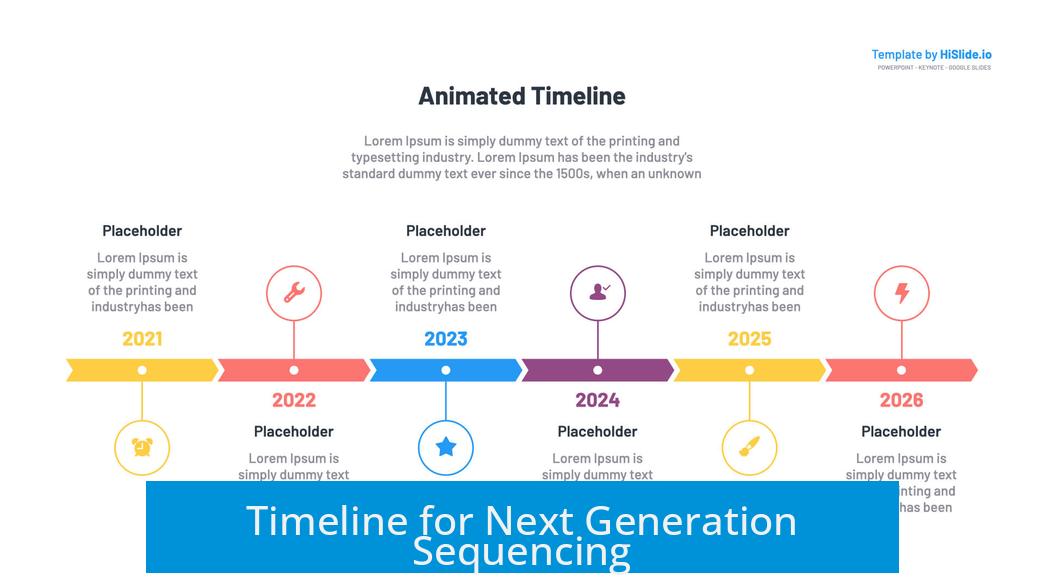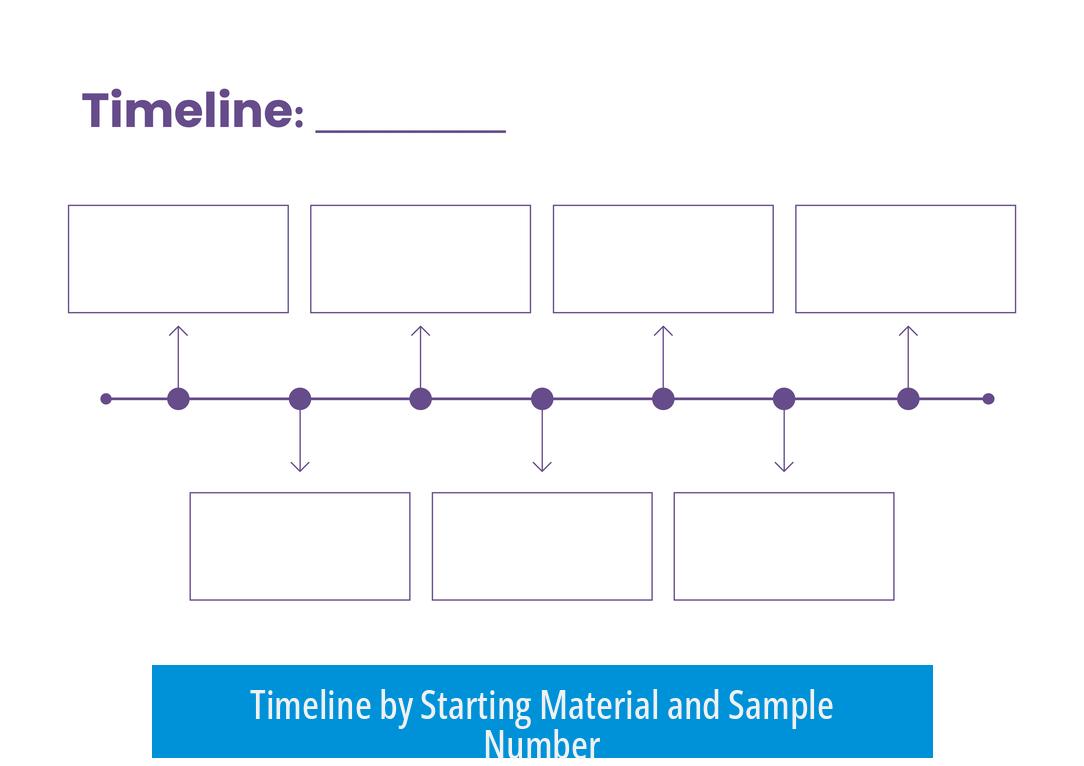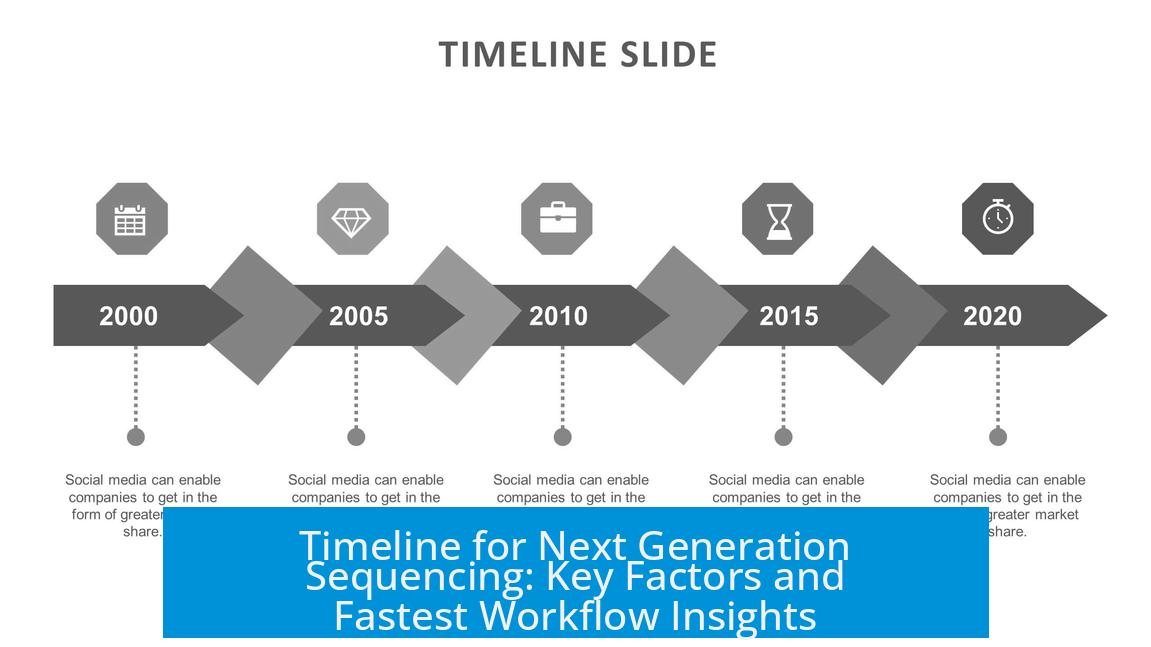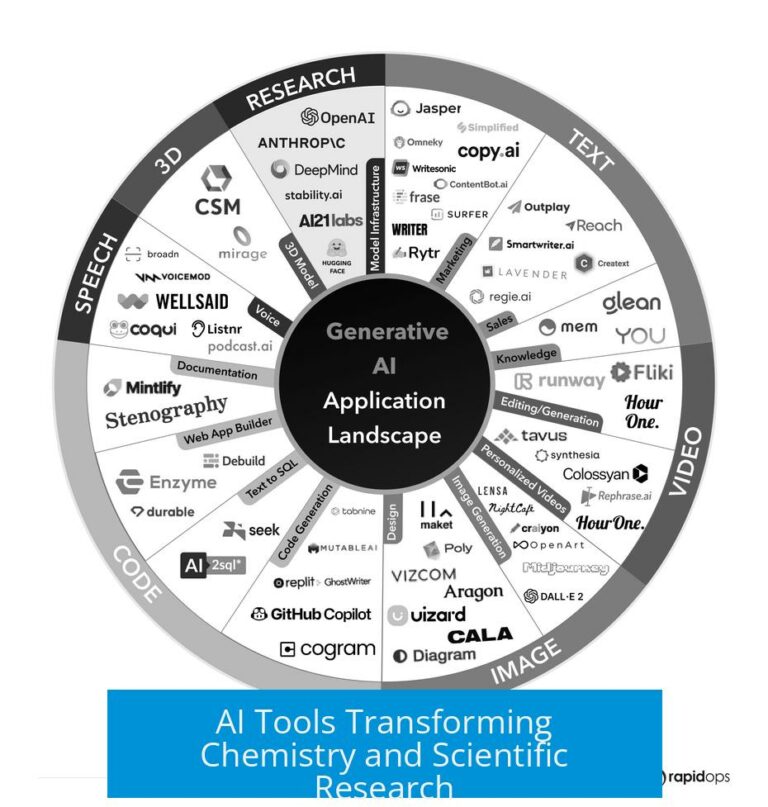Timeline for Next Generation Sequencing

The timeline for next generation sequencing (NGS) varies widely depending on experimental design, equipment availability, and data analysis complexity. On average, a complete NGS workflow takes about two weeks, with library preparation, sequencing, and bioinformatics analysis accounting for distinct portions of this time.
Breakdown of Standard Turnaround Time
In a typical sequencing company setting, firms report a two-week turnaround from sample preparation to final data delivery. This timeline can be divided into three main phases:
- Library preparation: 1 day
- Post-PCR processing and sequencing preparation: 1 day, up to 3 days maximum
- Bioinformatics data analysis: 8–11 days
Library preparation involves converting DNA or RNA into a sequencing-ready format. Following this, samples undergo PCR amplification and preparation for sequencing. The longest stage occurs downstream with bioinformatics analysis, which converts raw sequencing reads into meaningful data.
Fastest Possible NGS Workflow
Under ideal conditions—with all necessary equipment readily available, experienced personnel, and optimized protocols—the entire NGS process can be compressed drastically. It is possible to begin library preparation and have final analyzed data within about 24 hours.
This rapid turnaround depends on:
- Immediate access to sequencing instruments
- Use of expedited library prep methods
- Real-time bioinformatics workflows
However, this expedited workflow is rare. Many labs depend on external core facilities that experience sample queues, batch processing delays, and require extensive bookkeeping. These factors increase turnaround time beyond the fastest achievable pace.
Working with Core Facilities or Vendors
Outsourcing NGS work to core facilities or commercial vendors is a common practice, especially for labs lacking equipment or expertise. These service providers typically publish their turnaround times and pricing upfront.
Users should engage vendors during the project planning stage:
- Discuss experimental design
- Clarify sample requirements and input material standards
- Plan data analysis strategies, including bioinformatics support
Planning at the proposal phase avoids common pitfalls. Discovering how to analyze data post-sequencing is often too late and leads to delays and confusion.
Timeline by Starting Material and Sample Number

The overall duration also depends on the type and number of samples:
| Phase | Duration | Details |
|---|---|---|
| Library preparation | ~1 week | Depends on sample complexity and throughput |
| Sequencing | One night (approx.) | Instrument-dependent; rapid sequencers available |
| Data analysis | 2–4 weeks | Varies with data volume, software, and expertise |
The initial experiment parameters and infrastructure significantly influence scheduling. Experienced teams with powerful computational resources can perform analysis faster, sometimes in less than a week.
Key Considerations for Planning NGS Projects
- Early coordination with core facilities or vendors optimizes timelines.
- Consider equipment availability at your institution for faster workflows.
- Plan bioinformatics analysis workflows alongside experimental design.
- Sample type, quality, and number affect library preparation duration.
- Sequencing technologies vary in run times—from hours to days.
Direct Contact and Support
Companies specializing in NGS often provide consulting and support services. They help with experimental design, technical advice, and bioinformatics. Contacting an NGS provider early can improve project efficiency and data quality.
“I work for an NGS company. Be happy to get in touch if you’re interested.”
Summary of Key Takeaways
- Typical NGS workflow takes about two weeks from library prep to data analysis.
- Library preparation usually requires 1 day to 1 week depending on sample complexity.
- Sequencing can be done overnight or faster with rapid instruments.
- Bioinformatics analysis typically occupies 8–11 days, but can vary.
- Fastest workflows need optimal equipment and expertise for 1-day turnaround.
- Core facilities add time due to queues, batching, and administrative work.
- Plan experimental design and analysis before starting to avoid delays.
What is the typical overall turnaround time for Next Generation Sequencing?
The usual turnaround time is about two weeks. This includes one day for library prep, one day for post-PCR and sequencing prep, and 8-11 days for bioinformatics data analysis.
Can Next Generation Sequencing be completed faster than two weeks?
Yes. With the proper equipment, expertise, and quick protocols, the entire process can be done in roughly one day from start to finish.
How do core facilities impact the sequencing timeline?
Core facilities often have queues and batch processing which cause delays. Bookkeeping and multiple hands involved add more time than a direct lab workflow.
What should I do when planning an NGS experiment with a core facility?
Contact the core facility early to discuss turnaround times, costs, sample requirements, and experiment design. Plan data analysis before receiving raw files to avoid delays.
How does the starting material and sample number affect the sequencing timeline?
Library prep can take one week. Sequencing usually takes one night. Data analysis ranges from 2 to 4 weeks depending on experience, computing power, and detail needed in results.





Leave a Comment